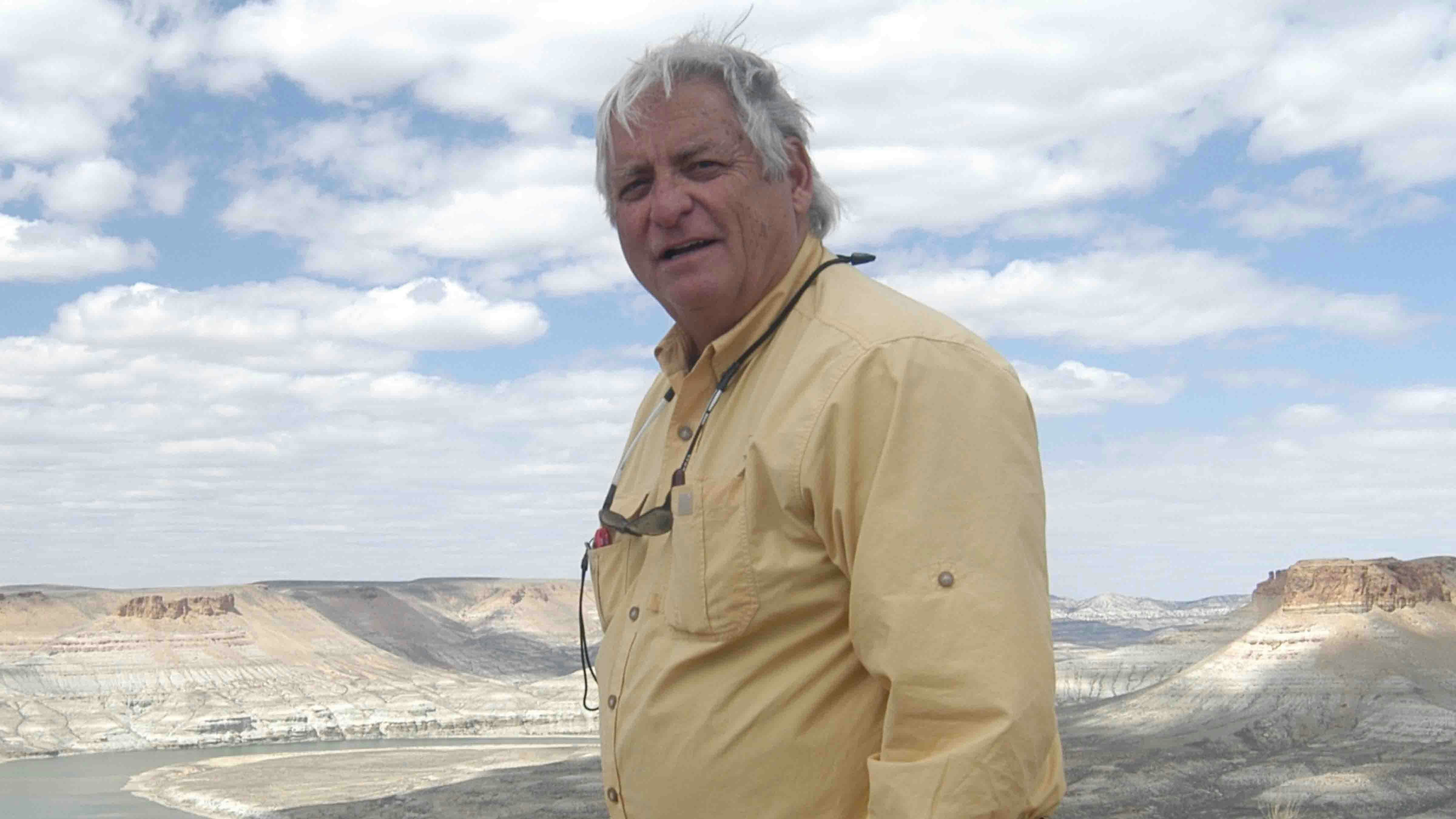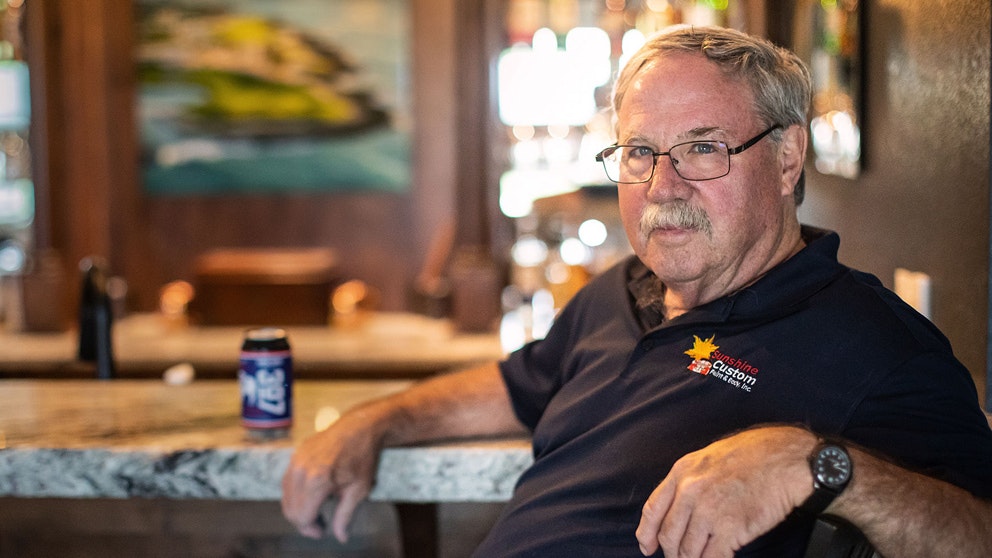Ill-fated National Forest management practices that started way back in the President Bill Clinton era are haunting us today as our Wyoming national forests are ready to burn.
Update: This week on June 24 the USFS overturned these Clinton-era edicts This is great news.
Clinton’s environmental fanatic Vice-President Al Gore and development-challenged Interior Secretary Bruce Babbitt were the brains behind a plan to greatly increase the size of the natural forest de-facto wilderness areas by creating a plan called RARE, which stood for Roadless Area Review and Evaluation. The implementation of this plan pretty much meant that any forest land adjacent to a wilderness area had to be treated as wilderness, too.
Today we stand before our forests and thank our lucky stars we have not had a careless camper or a bad lightning strike set the whole thing ablaze.
These policies have led to the horrible fires that have haunted the big forests in the Rocky Mountain Region and in California over the past decade.
And they also killed off a timbering industry raising the costs dramatically of home building.
These forests are a mess. Millions of old dead trees, deadfall, and lack of timbering have created powder kegs all over Wyoming and across the west.
Periodic drought conditions will also contribute to such fires.
And what a loss!
When these fires burn they pollute the area and destroy a resource that serves the people of the United States.
Our Personal Forest
Since our newspaper in Lander bordered the southern end of the massive Shoshone National Forest, this action by Clinton, Gore, and Babbitt back in the 1990s struck us close to home.
Most progressives want to blame the increase in forest fires on climate change but crazy policies of not clearing underbrush and building fire prevention spaces have contributed in the biggest way.
In California, especially, the explosion of underbrush has been a catalyst to historically awful fires.
Babbitt was part of this bragging in a recent book that he and others used the Endangered Species Act. Here he writes: “In California, we discover how the Endangered Species Act, still one of the most effective laws governing land use, has been employed to restore regional habitat.” This is another description of how allowing obscure plants to grow where they probably should not in this modern age and where it provides starter fuel for these huge fires. Plus, old roads were closed preventing fire fighters from getting to the blazes in a timely fashion.
Lands Care Requires Wisdom
We need to be smarter when it comes to fighting these fires. The biggest and easiest step is prevention.
Common sense fire prevention policies, many of which will set the progressives hair on fire, include clear cutting and creating large fire breaks in dangerous areas. We need to clear out deadfall and underbrush. All that beetle-killed timber needs to be harvested.
We can do better and with smart people at the helm in Washington D. C. perhaps we can get a handle on all this.
We are talking about protecting places that we love.
One of my favorite boasts is to tell my midwestern relatives that my 2,466,577-acre ranch is just seven miles from my house in Lander.
Yup, that is the Shoshone National Forest and I own it.
And you do, too. And despite current laws being considered, none of it should ever be sold.
Sure, I share it with 347,275,806 other Americans but most of them live a long way away from it. I can be there in 10 minutes through the spectacular Sinks Canyon. I see it from my deck.
In 1891, the Shoshone National Forest (my forest!) became the first national forest in the world, originally known as the Yellowstone Timberland Reserve.
Here are a few facts about my forest. There are 335 different species of wildlife including the largest population of Big Horn Sheep and it ranges in elevation from 4,611 feet near Clarks Fork Canyon in Park County to Wyoming’s highest point the summit of Gannett Peak in Fremont and Sublette Counties at 13,804 feet.
There are 1.4 million acres of the forest designated as wilderness.
My Red Desert
Plus, about 30 minutes south of my house is the 5,964,802-acre Red Desert, another of my favorite public land playgrounds. I own it, too.
And finally, about 90 minutes north of us is the 2,221,766-acre Yellowstone National Park. Now that is one helluva piece of spectacular real estate. We do share that with 4.7 million other owners who insist on visiting it each summer, though.
The state of Wyoming is more than half public lands through the Bureau of Land Management (BLM), National Forest Service, National Parks, and other various designations.
Such Great Family Memories
It is almost indescribable how much joy my family and I have gotten from living near our National Forest and Bureau of Land Management public land areas. Literally, as far as your eye can see, there is land that you can claim as your own.
We always respect the land and are good citizens. These lands are so big that you can only hope to even experience a fraction of it.





